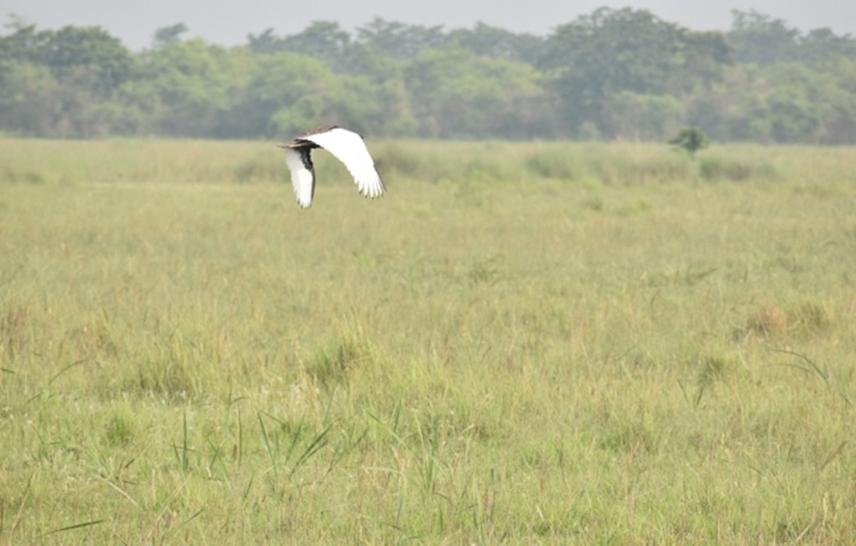Ritika Prasai
Other projects
12 Dec 2016
Monitoring Grassland Habitat Condition and Counting Total Population of Bengal Florican (Houbaropsis bengalensis) in Koshi – Tappu Wildlife Reserve, Nepal
This study will bring out a strong output about Bengal florican’s habitat condition and requirement and suggest concerned authority about its grassland habitat management strategy in detail. The three years continuous record (2017, 2018 and 2019) of habitat condition of Floricans will be used to analyze the relation of Florican population distribution with the habitat condition. Its association with the other species present in the study area (closer association was observed with the Bubalus anee inside Core Area during First Rufford supported project) and other factors which may be responsible for the presence of its large population inside Core Area (largest number of floricans were recorded inside Core Area during First project) will be noted. Florican population distribution association with the grass height and grass species composition (Imperata cylindrica was found as the favourable grass species from first project) of the grassland will be analyzed.

Male Bengal Florican
Bengal Florican (Houbaropsis bengalensis) is a habitat specialist of alluvial grasslands with very narrow ecological niche (Baral et al, 2003). It is a critically endangered bird species (Bird life International, 2017) & recorded in countries: Nepal, India, Cambodia, Bangladesh (Now extinct) & Vietnam. It indicates the health of grassland habitat. Its global population is estimated to be 350-1500 of which less than 100 individuals are found in Nepal (Baral et al, 2013). The legal status of this species in Nepal is protected under the National Parks and Wildlife Conservation Act 1973 and Appendix-I in CITES law. Very few research works on this species information have been published for Nepal and most of them are confined to its population status in different protected areas of Nepal. There has not been continuous records of its habitat condition in Nepal and a wide gap still exists, in coordination between conservationist & local groups to conserve the remaining population of these species.
Continuous monitoring of grassland habitat condition is required to make conclusion about the changing habitat condition and bring out relation of habitat condition with the population distribution of Bengal Florican in Koshi Tappu Wildlife Reserve, Nepal. This study area can be divided into three parts according to the requirement of this project as Core Area (CA), Buffer Zone (BZ) and Outside Protected Area (OPA). Population of Bengal Florican in Koshi Tappu is satisfactory to relate its distribution with its habitat condition. We monitored habitat condition in 30 blocks (each of 1 sq.km ) during first Rufford Project in Koshi Tappu grassland but for this second project, habitat condition will be monitored in 60 blocks (30 old blocks & 30 new blocks each of 1 sq.km ) to cover major Floricans’ habitat , record habitat condition in three continuous years (2017 , 2018 & 2019) and produce a reliable data on bengal floricans’ population distribution in different grassland habitat . Display and Sweep Count Method will be used to count the Florican’s population in the habitat monitored sites. Local people will be fully utilized during population count survey of Bengal Florican and data collection of Florican’s habitat condition. This in turn makes locals aware about the importance of this species conservation and existing threats for the species survival which will help for the species conservation in future.